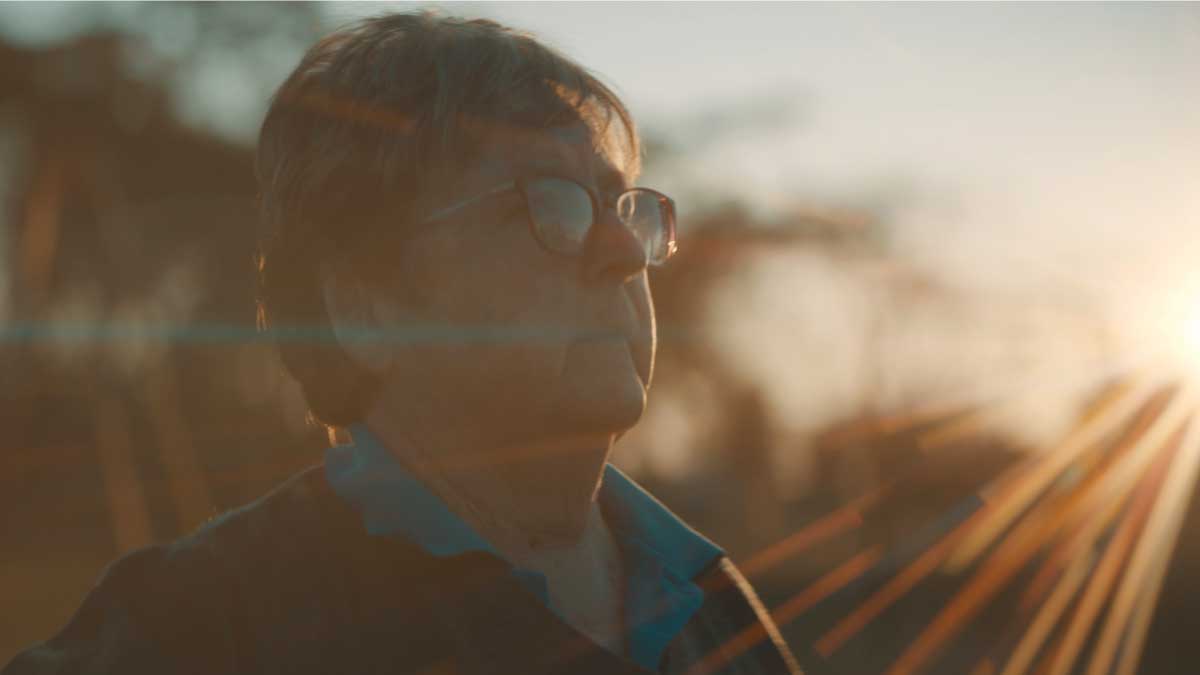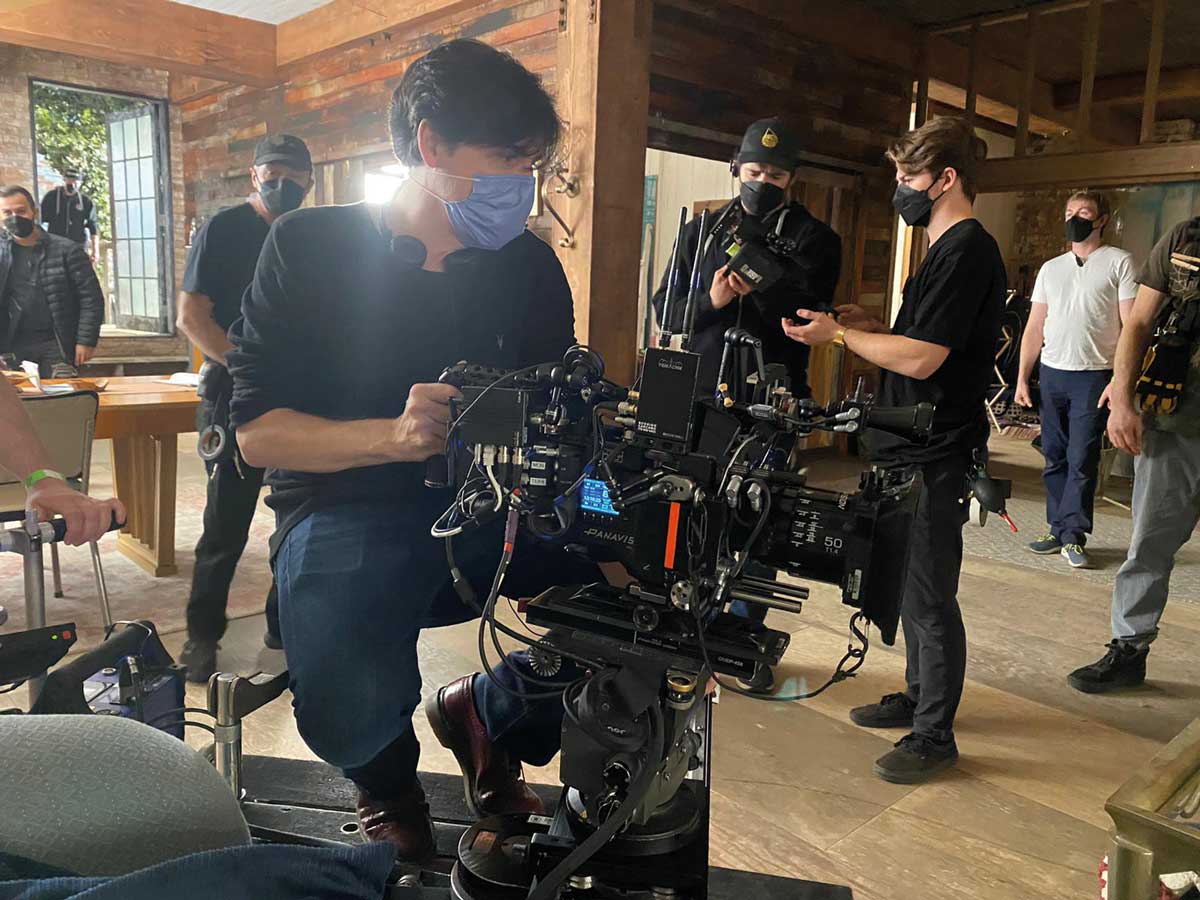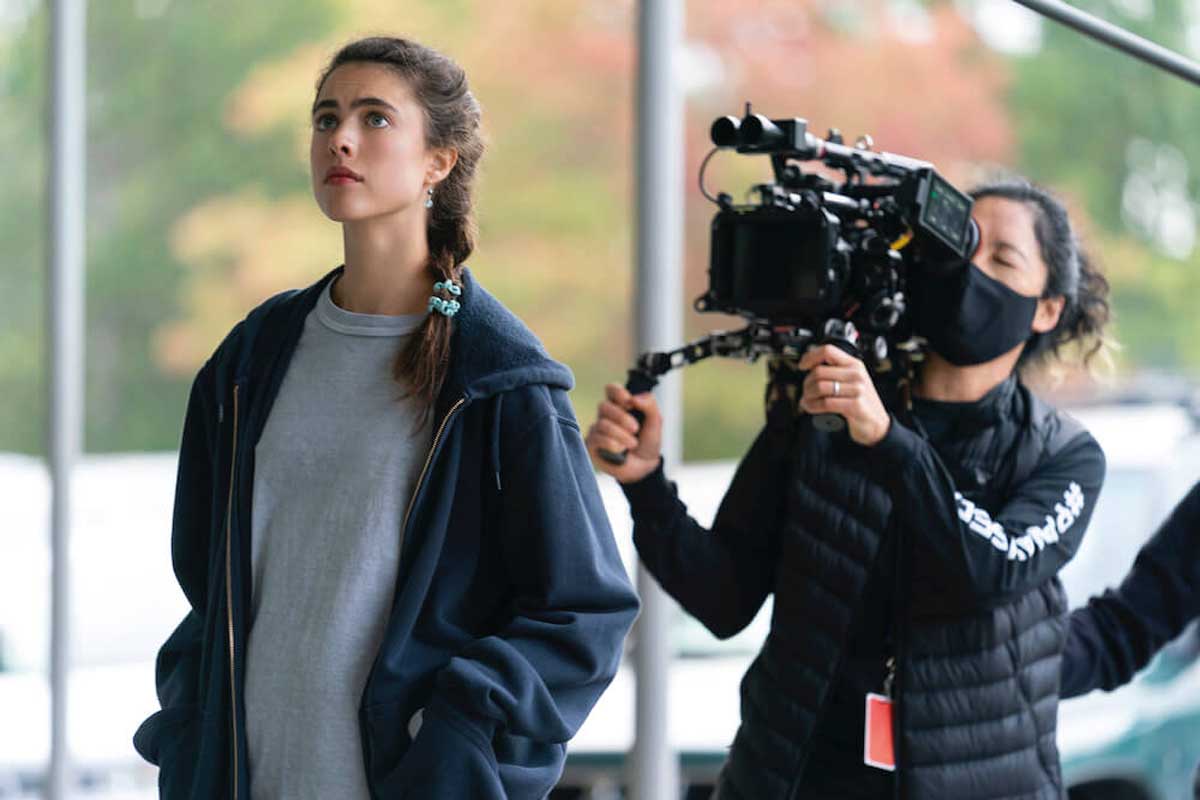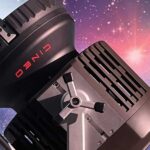
The Lens I Can’t Live Without
Posted on Mar 23, 2024 by Samara Husbands
What are the best lenses for cinematography?
Leading cinematographers zoom in on their favourite lenses and offer advice on choosing the perfect fit for your next project
As any DOP knows, choosing a lens is serious business.
The right glass can make or break a shot, wielding the power to shape the mood, perspective and storytelling itself on screen.
As the great New Wave cinematographer László Kovács, ASC put it: “With a choice of lens, you can change reality… it cannot be an arbitrary choice.”
The good news is that, thanks to evolving optical technologies, there’s never been a greater choice of lenses and customisation options available to cinematographers.
So, in the ever-rising wave of cine lenses, where do you start? We decided to quiz some leading DOPs about their lens ride-or-dies: the secret weapons they never leave at home, and return to time and time again.
As well as finding out what makes these lenses such favourites and how they use them, they generously shared some words of wisdom to help you choose the right glass for the job on your next film.
Here’s what they had to say!

TIM CRAGG
For DOP Tim Cragg – whose recent credits include prestige Netflix docs Beckham, Encounters and The Deepest Breath – everything begins with the story, and determining which lens will best suit the images required to convey it.
Mostly dealing with retrospective stories, he frequently returns to anamorphics, favouring them for the cinematic, heightened sense of reality they create, which he believes helps people visualise the narrative at play.
“Lenses are everything, they’re the eyes of the story,” he asserts. “Choose for storytelling purposes: each story is individual and calls for a unique dissection as to what it is you want the lens to say. It’s not just about the aesthetic, but the composition aspect of the lens.”
If he was in a desert island situation and could only use one lens for the rest of his days, Cragg says he would choose the Cooke Anamorphic FF 75mm.
“I can frame with this lens in 2.40:1, 2:1 and 4:3, and it always delivers in terms of what I want a lens to look like,” he shares. “It’s soft, but not overly soft; elegant, classy and radiant. The 75mm is the closest in composition to a 35mm or 40mm in spherical lenses. If I had to choose a spherical lens, it would be the ZEISS Standard Speed 40mm.”
On the Beckham documentary, the goal was close framing straight down the lens – so close you could see the muscles twitching, capturing every emotion as it flickered across the subjects’ faces. It also had to be pleasing to look at, of course.
For this, Cragg opted to shoot with the Canon K35 85mm wide open at T1.4, giving a very isolated focus.
For other DOPs puzzling over which lens to choose, his advice is simple: “Test. But if you can’t test, look at examples already out there or search films you like and see what they were shot on.”

ADAM ETHERINGTON
BAFTA-winning and RTS-nominated cinematographer Adam Etherington, BSC, admits that with the variety on offer these days, choosing a lens can be a bit daunting.
“There are so many different optical possibilities out there, and yet filmmaking and storytelling is all about instinct”, he stresses. “Your choices are about what feels right for the narrative, and what you believe will best capture the heart of the audience’s journey.”
He encourages DOPs to keep researching, testing and playing – reminding us all that we can only learn through pushing creative boundaries and yes, making the odd mistake along the way.
When selecting a lens, Etherington evaluates technically and aesthetically, performing a comparative test that assesses how the options handle contrast, flare, focus roll-off, colour rendition, the shape and texture of the bokeh, highlights and shadows, skin tones, image sharpness and projection, as well as the fall-off of projection across the sensor.
He and the team then review the results with a colourist and decide which best serves the story.
When questioned on his all-time favourite lens, he goes for a classic: the TLS Rehoused Vintage Cooke Speed Panchro.
“These are wonderful handcrafted optics from a bygone era, designed by artisan optical engineers containing materials which are now simply impossible to work with,” he enthuses. “They offer a characterful and painterly image rendition that resolves and performs in a way that delivers rushes with a truly unique quality. The rehousing of the optics by TLS has made these lenses a viable option in modern production, enabling us to enjoy the romance of this amazing optical elder. They were the first vintage lenses I ever really worked with, and their impact has had an enduring resonance for me.”
A project where the beauty of the Panchros’ optics came into their own was Gwen (2018), a period folk horror directed by William McGregor. “The delicate optical rendering and gentle focus roll-off, combined with the soft highlights and honest but textural aesthetic of the Panchros, gave us the beautiful but truthful aesthetic we were searching for,” he explains.
“The engineering of the lenses was compact and lightweight – a critical asset for us due to the remote location and rugged terrain,” he adds. “The massively improved close focus capabilities and intelligent ergonomics of the rehousing offered freedom for our storytelling in tiny, intimate locations and across a range of shooting styles.”

Steven Holleran, Vincent De Paula, Quyen Tran, Marshall Adams and Mauro Fiore
Cinematographer Steven Holleran, known for films including Creed II, Missing and Sympathy for the Devil, comments that when choosing a lens, he often begins with two sets of parameters which don’t overly align.
“On Sympathy for the Devil, my first set of needs were lenses that were fast, lightweight and had a range that leaned towards the wide side. This instantly cut out a large chunk of glass – much of it vintage, some modern.
“Then, I wanted a specific creative look, for example a set of glass that bloomed the highlights, had heavy halation, lifted blacks, and provided a cat-eye effect,” he continues. “Those prerequisites didn’t already exist together – or rather were not readily available – so we turned to the Panavision Panaspeed primes for their customisability, allowing us to tune a look into a set of lenses that matched my technical specs.”
Offering full-frame coverage for large format capture with equally quality performance on Super 35 sensors, Panaspeed spherical primes feature a superfast T1.4 aperture and deliver a blend of aberration correction and artistic nuance.
These characteristics also appealed to Vincent De Paula, CSC, who deployed the lenses during his work on recent Netflix shows Maid and Firefly Lane. “Panaspeeds are a high-speed, large format companion to the 35mm format spherical Primo optics,” De Paula further elaborates.
“When we had Panaspeeds on Maid, I fell in love with their resolution and contrast. This made me go with them for Firefly Lane Season 2, as they gave me more resolution and assist with the softer look of the eighties and de-aging of actors we had to do. I didn’t even test – I just called Panavision and said: ‘I want the Panaspeeds’. They have become one of my favourite lenses now.”
The Panaspeeds were also a big hit with Quyen Tran, ASC, who served as the lead cinematographer on Maid. “I knew we’d be shooting large format; the Panaspeeds’ close focus and 24mm and 29mm focal lengths were essential in designing the show’s subjective camerawork,” she reveals. “I wanted to be up close and personal with Alex [Margaret Qualley], operating handheld, so prime lenses that also delivered natural tones without filtration were key. Knowing I’d be shooting a lot of night exteriors as well, fast apertures were also a requirement.”
The Panaspeeds’ ability to open to T1.4 also proved a deciding factor for Marshall Adams, ASC, when series Better Call Saul switched to large format for Season 5. “The Panaspeeds were a perfect match because their speed allowed me a lot of control over depth-of-field,” he shares. “We used depth-of-field as a storytelling device more than I ever had in my career before, even during day exteriors.”
Yet another cinematographer keen to sing the Panaspeeds’ praises is Mauro Fiore, ASC, who selected them for 2023’s A Good Person, directed by Zach Braff.
“I specifically wanted to shoot large format. I had recently worked with Panavision on Spider-Man: No Way Home, and I had shot with the ALEXA LF and Panaspeed lenses,” he recalls. “I really loved the combination and wanted to bring that same sort of feel to this film. Those lenses offer such great contrast and sharpness to work with on a digital format. Also, the fall-off is so beautiful and was right for the project.”
This feature was first published in the March 2024 issue of Definition.

















